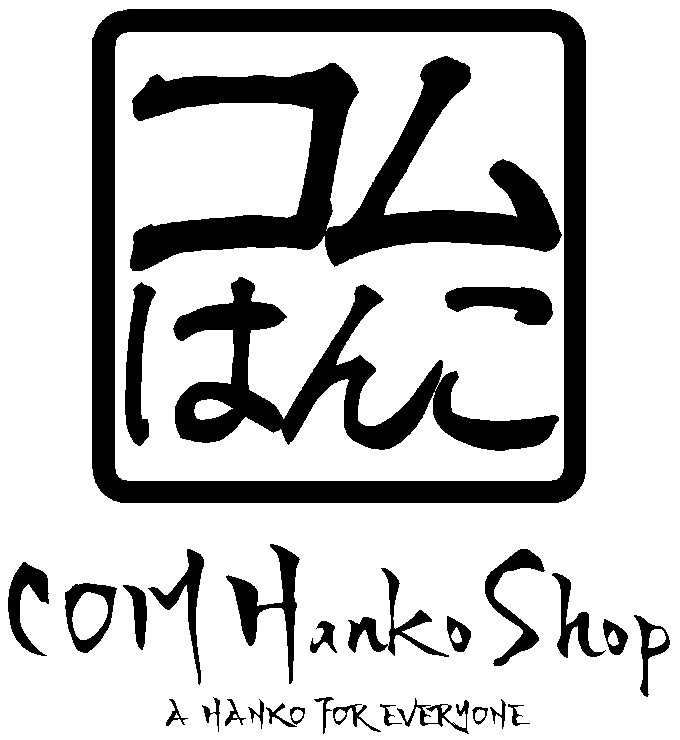Japanese Hanko, also known as inkan or stamp, is a small seal used for signing documents and identifying personal belongings in Japan. Hanko dates back to the 8th century, when the use of seals in Japan first became popular.
In the early days, Hanko were made of clay, bronze, or iron. The use of Hanko was initially reserved for the nobility and aristocracy, but gradually became more widespread among the general population.
During the Edo period (1603-1868), the use of Hanko became even more prevalent, and the seals began to be used for a wide range of purposes, such as signing official documents, personal correspondence, and even as a form of identification for merchants.
Today, Hanko continue to be an important part of Japanese culture and are still widely used in both personal and official settings. While the materials and methods used to make Hanko have changed over time, the basic concept of using a small seal for identification remains the same.
In conclusion, the Japanese Hanko has a long history dating back to the 8th century, and continues to be an important part of Japanese culture today.
